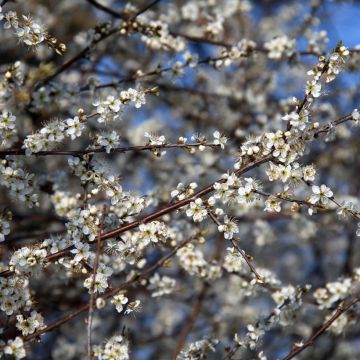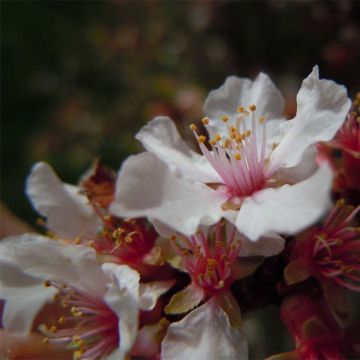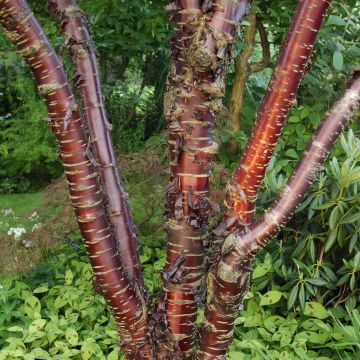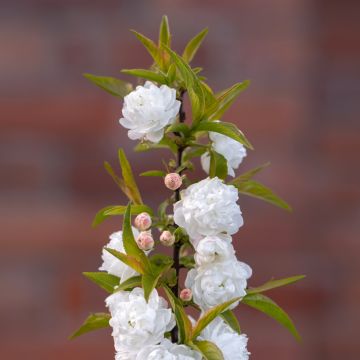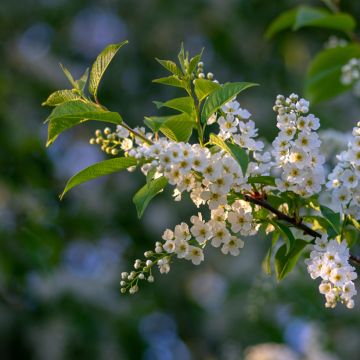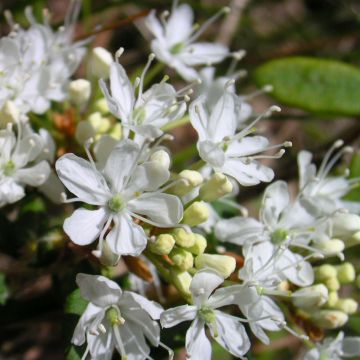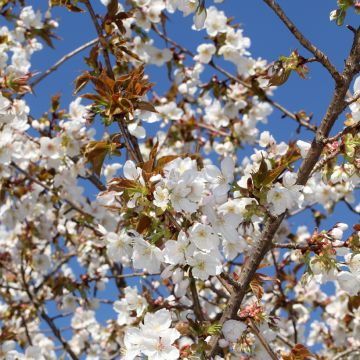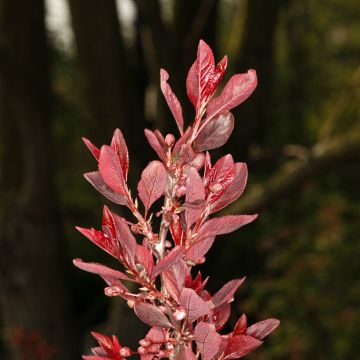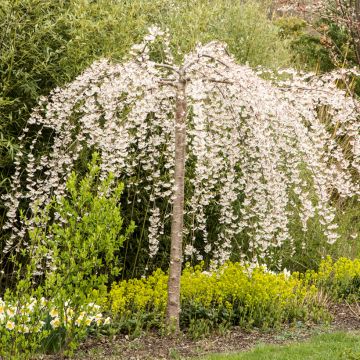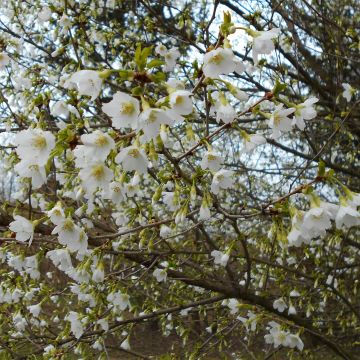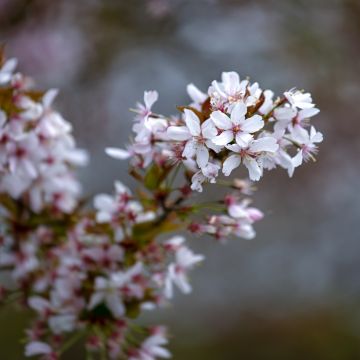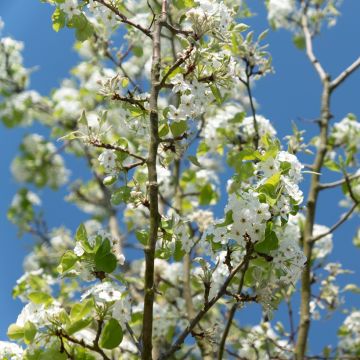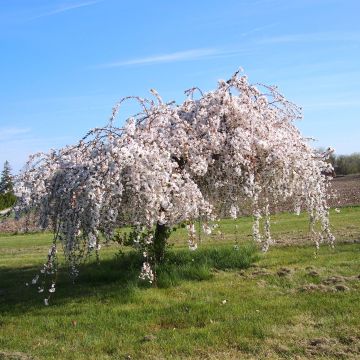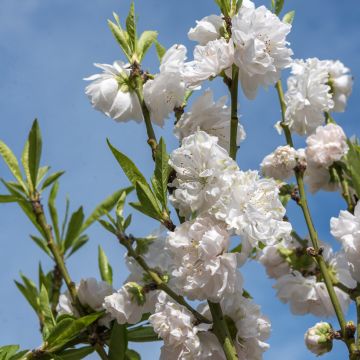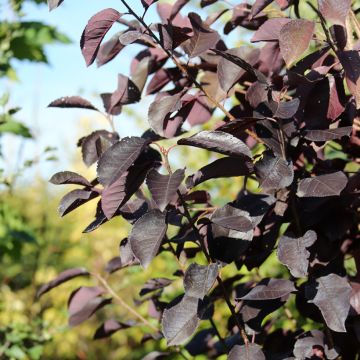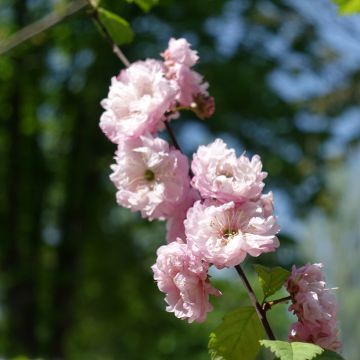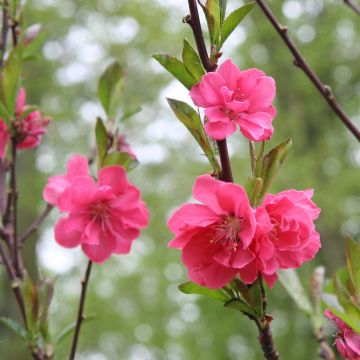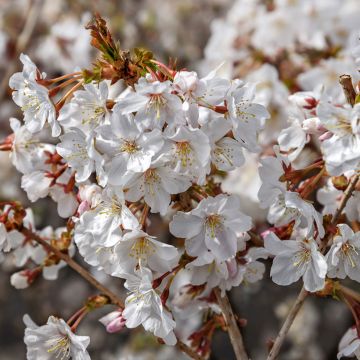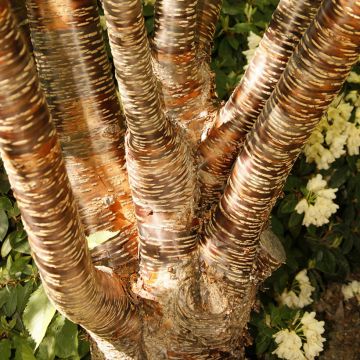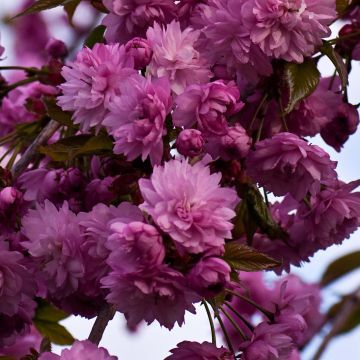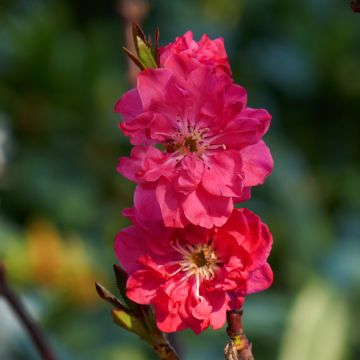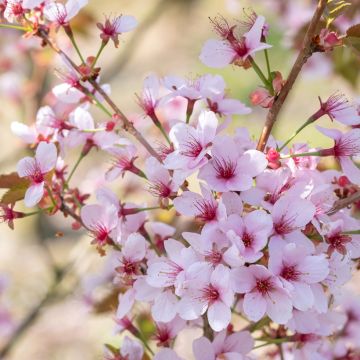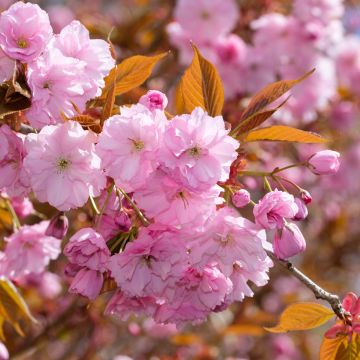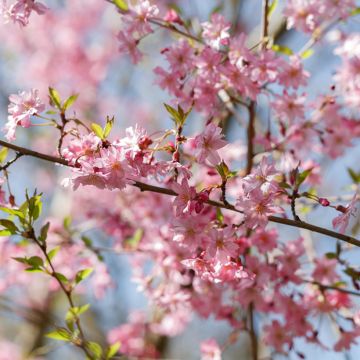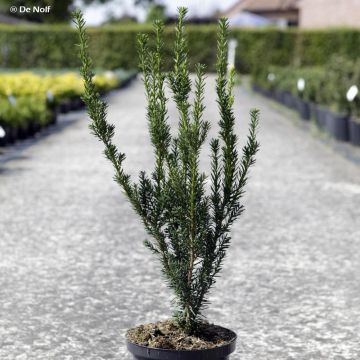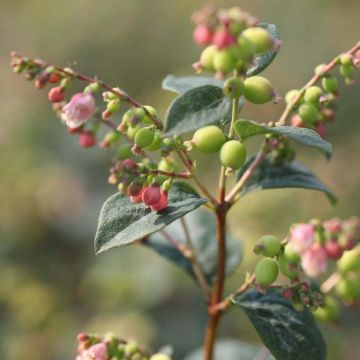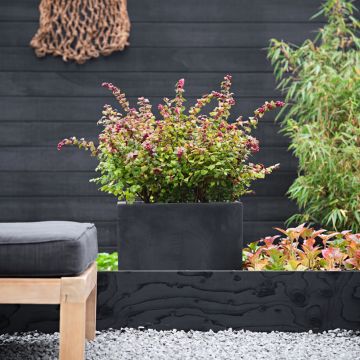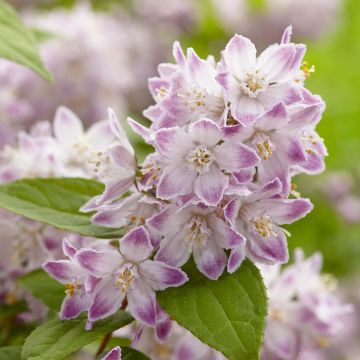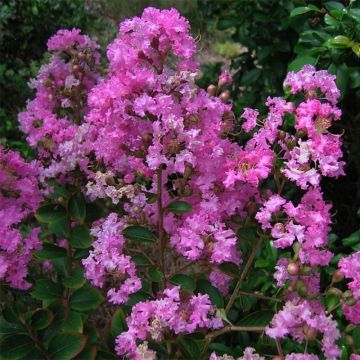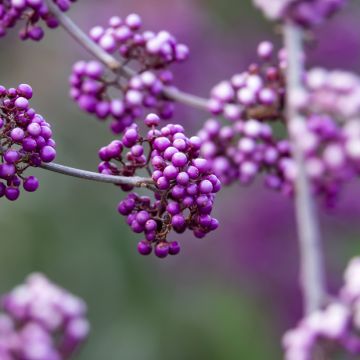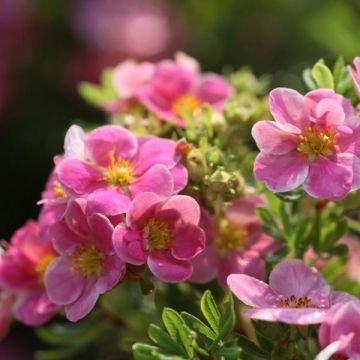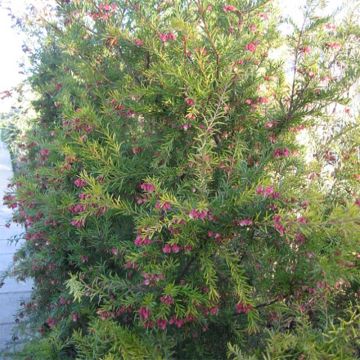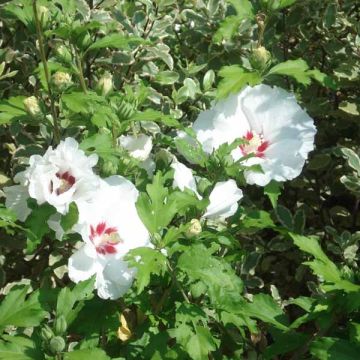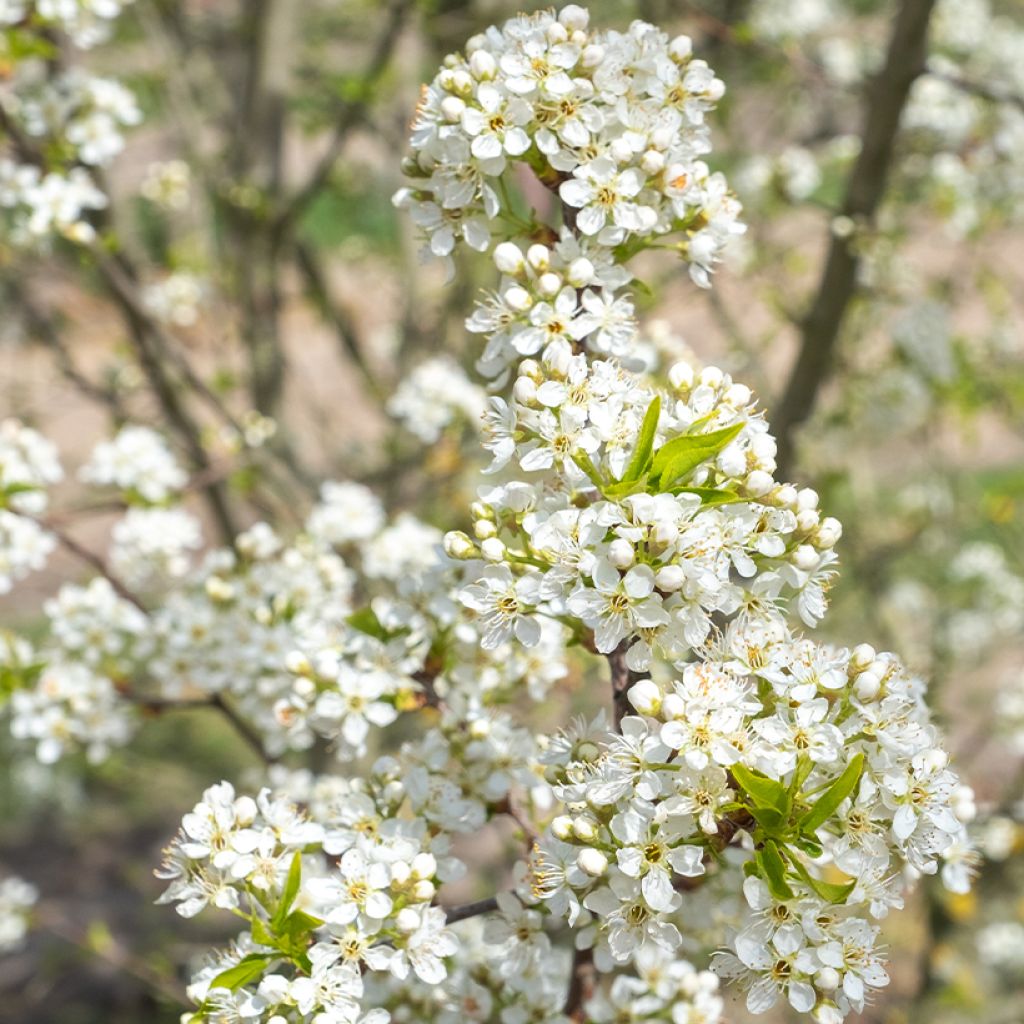

Prunus mahaleb
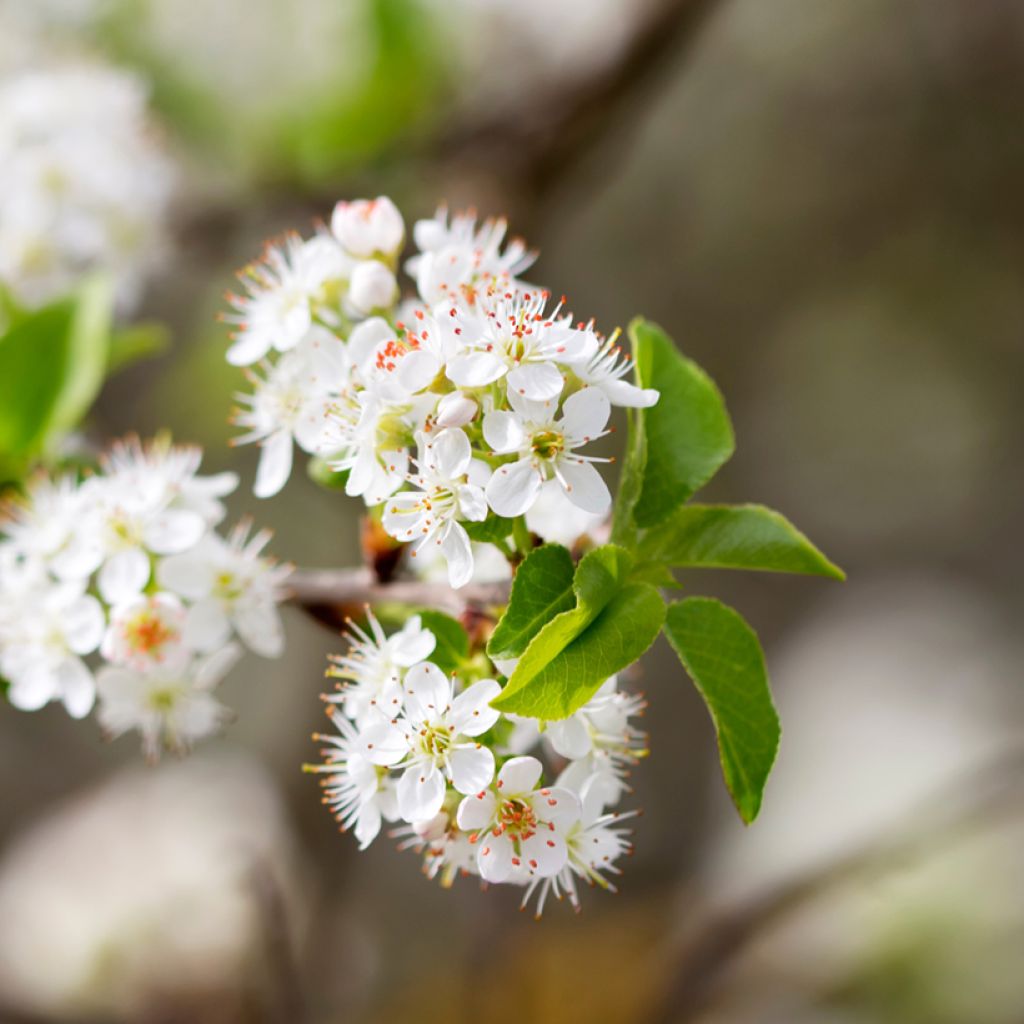

Prunus mahaleb
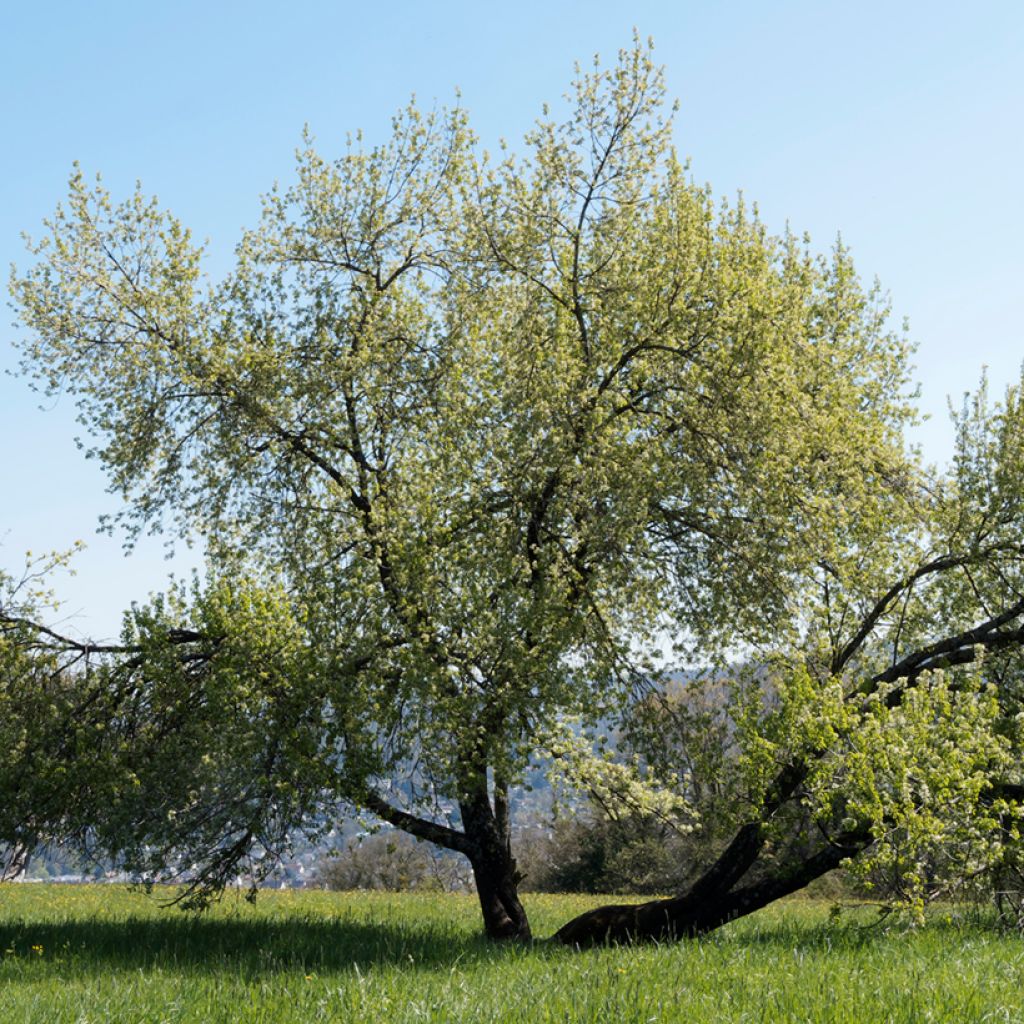

Prunus mahaleb
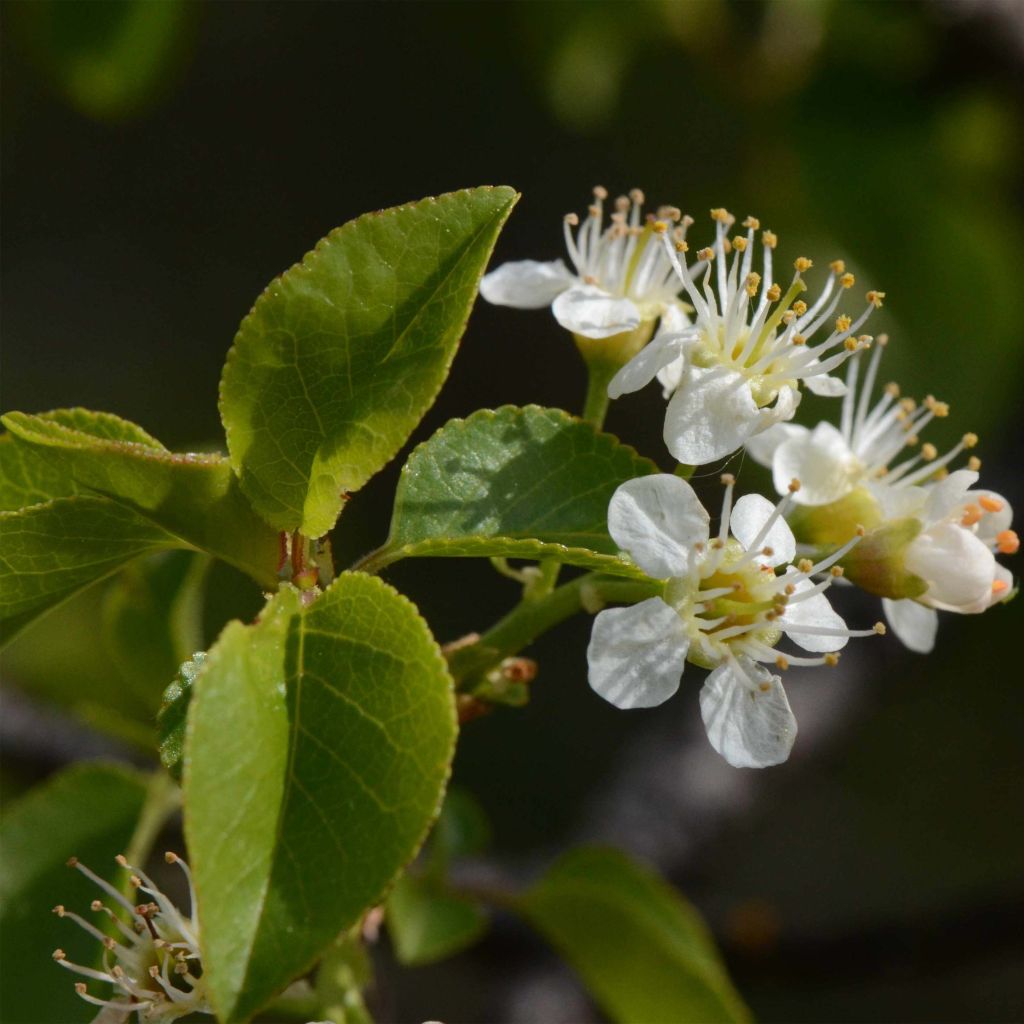

Prunus mahaleb
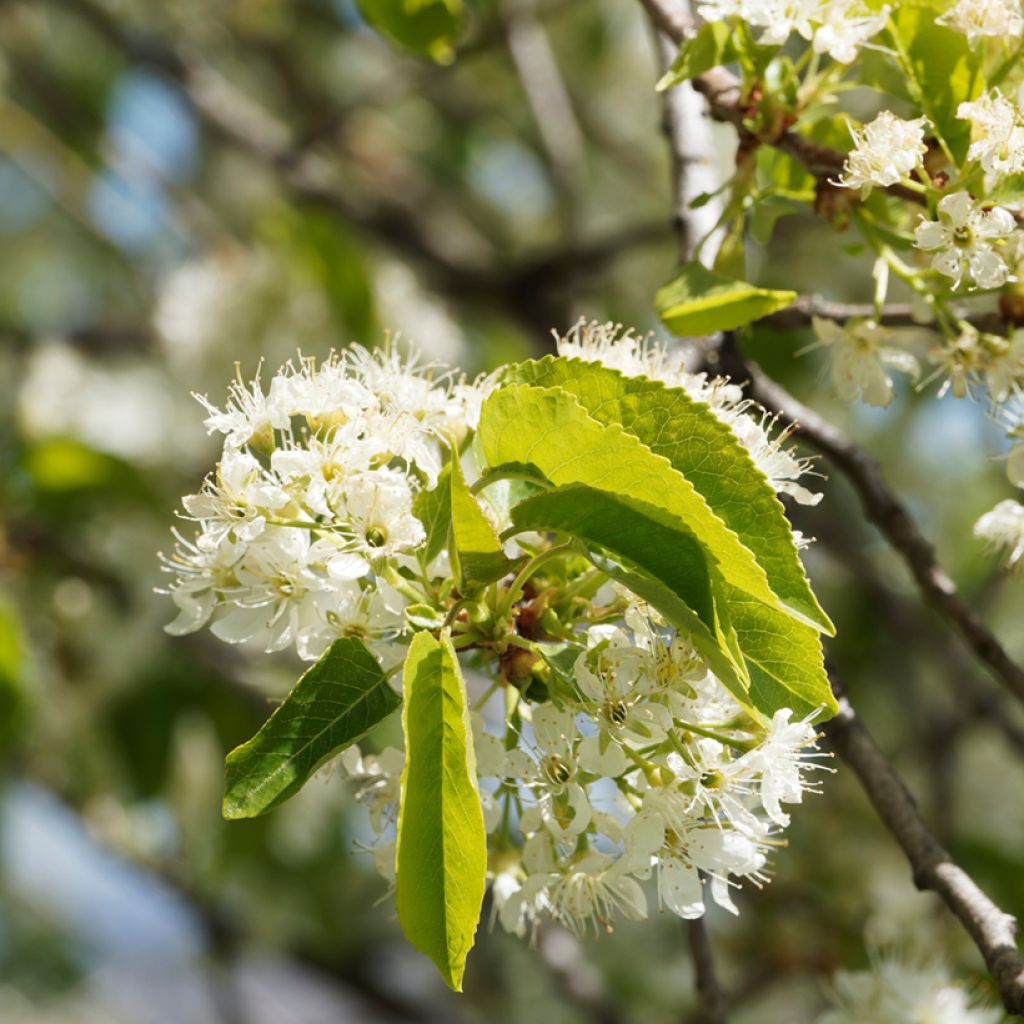

Prunus mahaleb
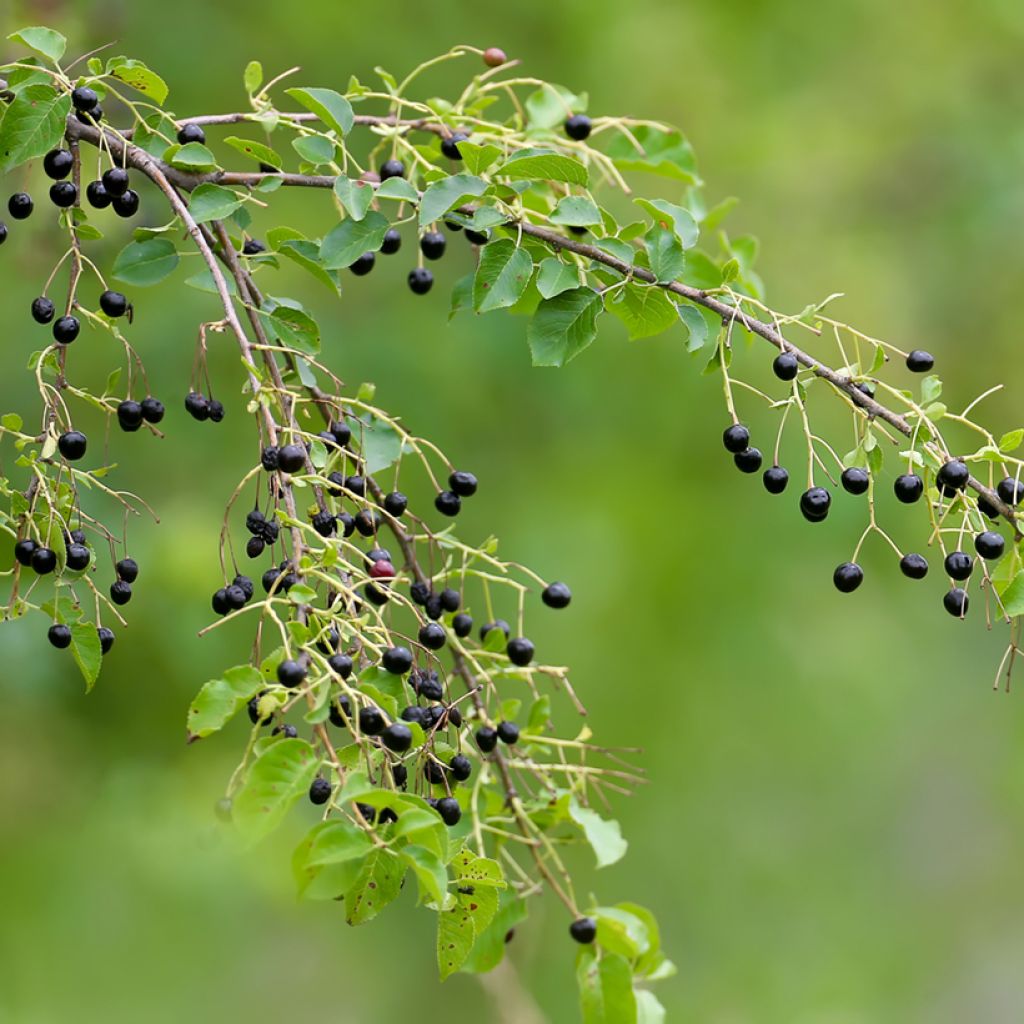

Prunus mahaleb
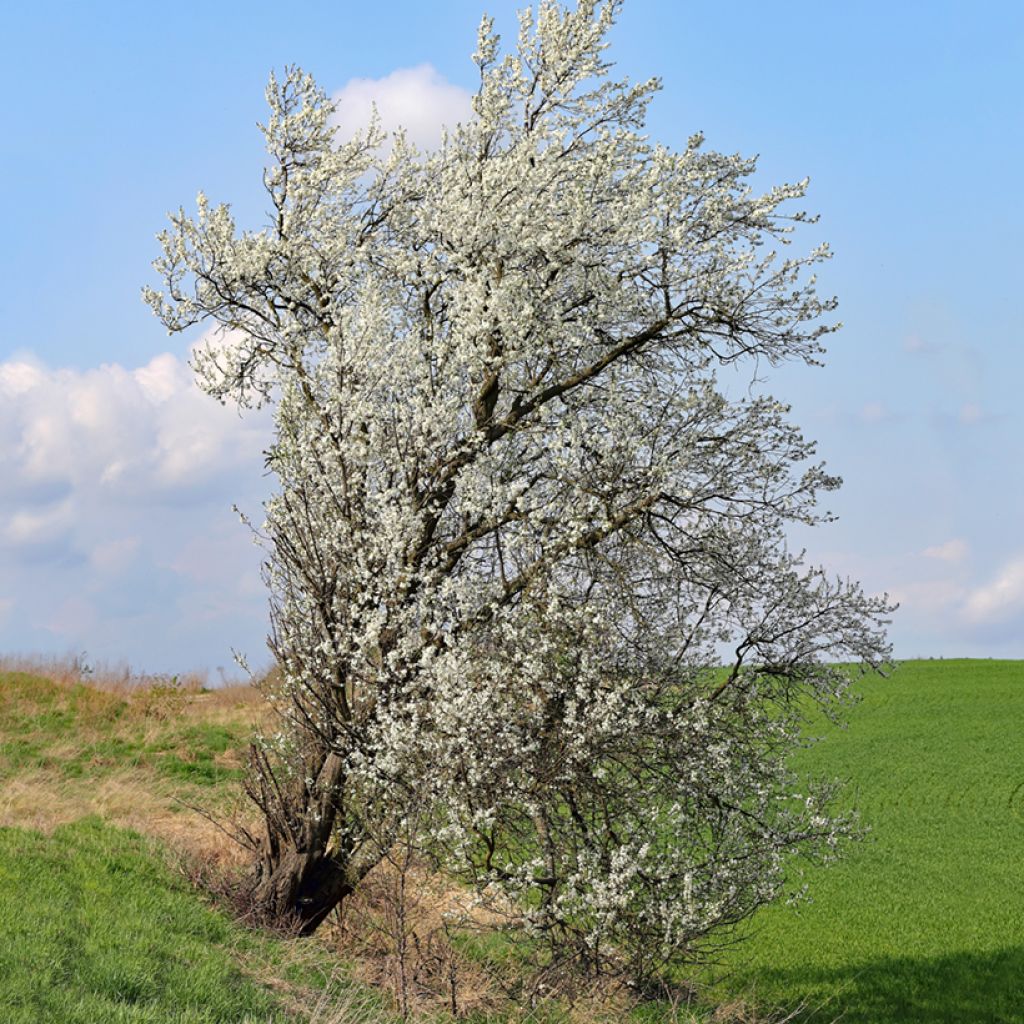

Prunus mahaleb
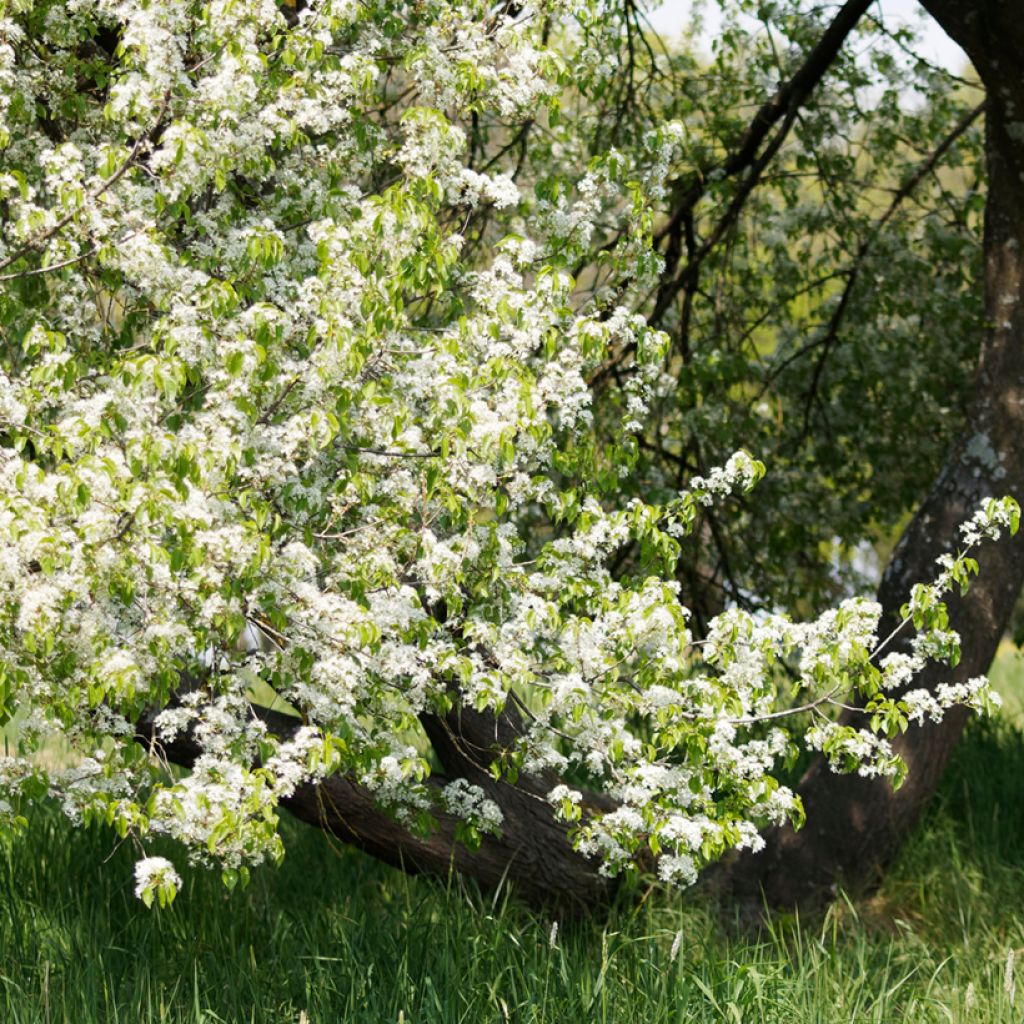

Prunus mahaleb
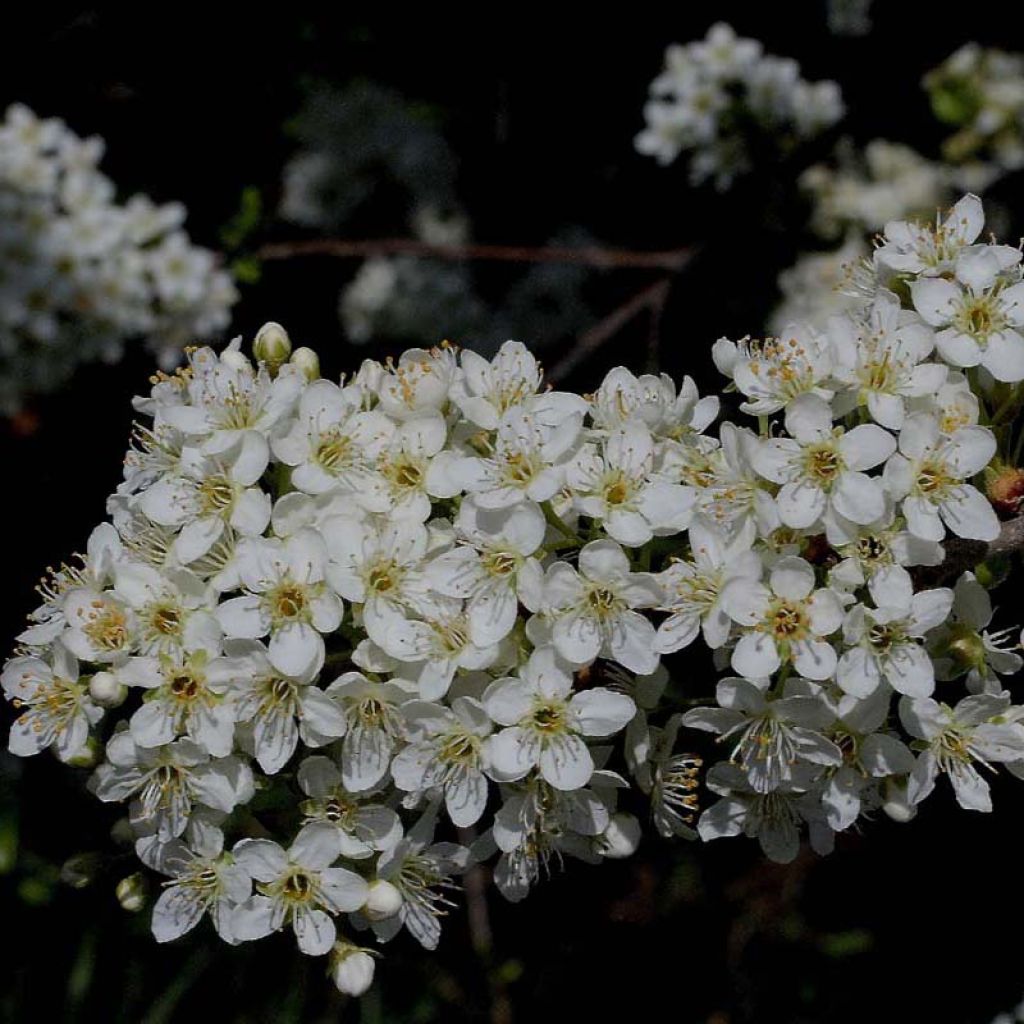

Prunus mahaleb
Prunus mahaleb
Prunus mahaleb
Mahaleb Cherry, Saint Lucie Cherry
I received a piece of wood and it's still just a piece of wood...
pascal, 20/05/2024
Why not try an alternative variety in stock?
View all →This plant carries a 24 months recovery warranty
More information
We guarantee the quality of our plants for a full growing cycle, and will replace at our expense any plant that fails to recover under normal climatic and planting conditions.
From €5.90 for pickup delivery and €6.90 for home delivery
Express home delivery from €8.90.
Delivery to Corse prohibited: UE law prohibits the import of this plant from mainland France to Corse as part of the fight against Xylella fastidiosa. Please accept our sincere apologies.
More information
Does this plant fit my garden?
Set up your Plantfit profile →
Description
Prunus mahaleb, also known as the Saint Lucia Cherry, is a small wild and aromatic cherry tree. With a gracefully spreading habit, supported by a dark and beautifully twisted branching structure, it displays a dense and rounded crown in spring, almost devoid of leaves but literally covered in white and fragrant flowers. Its small, acidic and bitter fruits are edible but more appreciated by birds than humans. Perfectly hardy, loving limestone soils, and undemanding, this carefree and endearing small tree should be included, along with hawthorn and blackthorn, in any countryside hedge worthy of the name.
Prunus mahaleb, from the large Rosaceae family, is known by various names depending on the region, such as Saint Lucia Cherry and Mahaleb Cherry. It is native to a vast area ranging from the Mediterranean to Morocco and the Middle East, and to Central Asia. It grows spontaneously in bushy thickets, light woods, and scrubland, mostly on limestone soil. Its growth rate is moderate depending on the cultivation conditions, with a short trunk and well-branched structure from the base, producing numerous spreading branches. Its twisted trunk is covered with a smooth, grey bark that becomes dark purple over time, with vertical fissures. At maturity, this wild cherry tree will reach about 6 m (20ft) in height and 4 m (13ft) in width, but its size varies greatly depending on the soil type. If it remains small and compact in rocky and poor soil, it can reach over 10 m (33ft) in height in damp, deep soil rich in humus. The trunk is topped with a dense and spreading crown. Simultaneously with the appearance of young foliage, from March to May depending on the region, a profusion of small, single, five-petalled, honey-scented flowers, measuring 1.5 to 2 cm (1in) in diameter, appear in small clusters of 4 to 10. The flowering is followed by the formation of small fruits that are initially red and then turn black when ripe, edible but without great taste value. The deciduous foliage is made up of alternate, ovate, pointed leaves, often folded in half along the main vein, measuring 2 to 6 cm (1 to 2in) in length and 1.5 to 4.5 cm (1 to 2in) in width. Their margin is finely toothed.
Its twisted line, drawn by a tortuous trunk and sinuous branches, makes the Saint Lucia cherry tree suitable for bonsai cultivation. This small tree, a symbol of vigour and renewal, is suitable for medium-sized or small gardens. You can plant it in groups or as a specimen, in hedges, and also in rows. It is particularly suitable in an informal, mixed, or rustic hedge. Very easy to grow and highly resistant, it will thrive in most regions. For example, in a hedge or group, it can be associated with other spring-flowering shrubs, which will flower simultaneously or staggered, such as ornamental apple trees, flowering peaches, blackthorns, quinces, viburnums, Chinese flowering almond, hawthorns, etc.
A bit of history:
The species name mahaleb is derived from the scientific Latin almahaleb, borrowed from the Arabic mahlab, which locally refers to this small wild cherry tree. 'Saint Lucia' refers to a convent located in Sainte-Lucie-du-Mont in Meuse, which in the 17th century initiated the artisanal production and trade of religious objects made from the fragrant wood of this Prunus, which was abundant in the vicinity of the convent.
Report an error about the product description
Prunus mahaleb in pictures
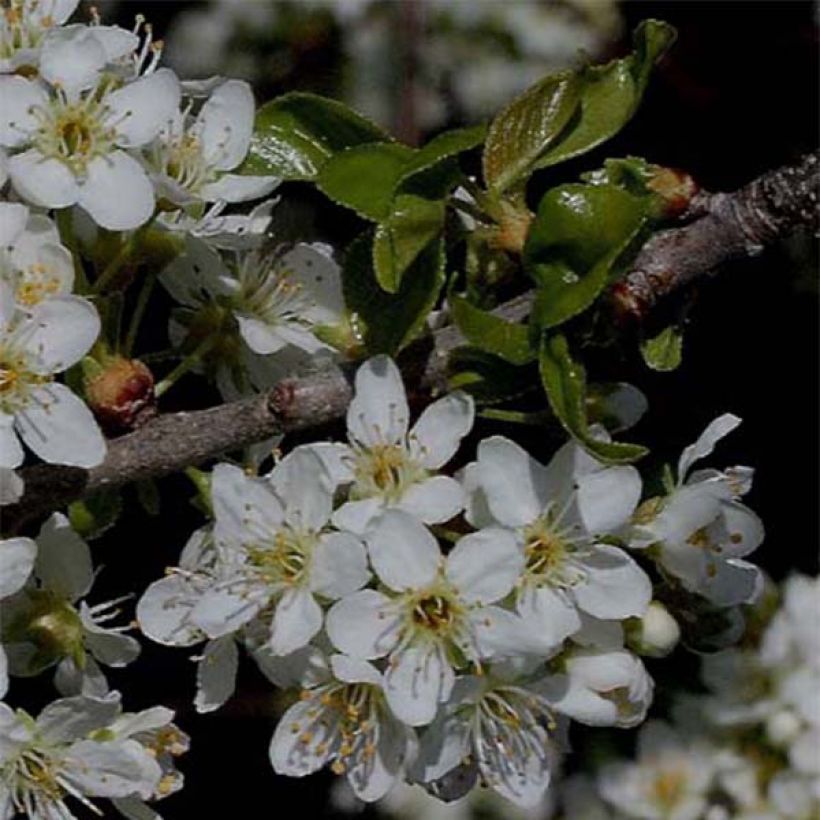

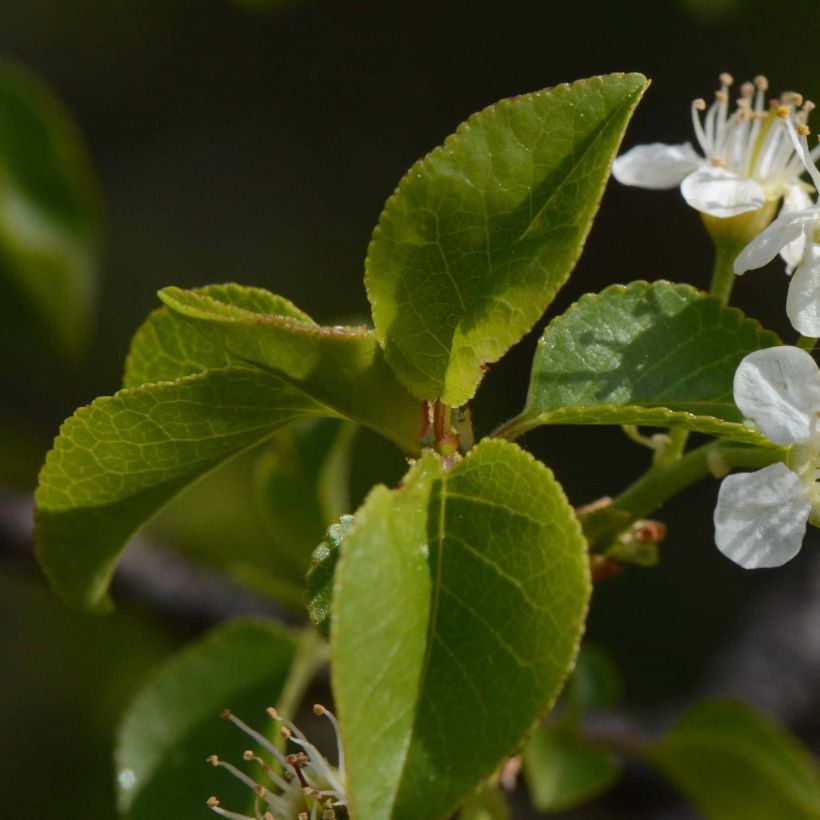



Plant habit
Flowering
Foliage
Botanical data
Prunus
mahaleb
Rosaceae
Mahaleb Cherry, Saint Lucie Cherry
Middle East
Other Prunus
Planting and care
Prunus mahaleb is planted in spring or autumn, depending on the climate. It thrives in full sun in well-drained, neutral to limestone soil, and tolerates rocky and dry soils in summer where its growth will be slower and less significant. It does not like excessively acidic or heavy and suffocating soils. Once established, it does not require watering in summer, even in hot and dry regions. Water regularly during the first two years to help it establish. When planting, mix your soil with compost at a ratio of 50% and coarse sand if your soil tends to be heavy with clay. Dig a large planting hole. Apply a flowering shrub fertiliser every spring. Pay attention to late frosts that could damage early flowering. It is preferable to place Prunus in a slightly sheltered location away from dry and cold winds. This Prunus from our countryside has few natural enemies.
Planting period
Intended location
Care
-
, onOrder confirmed
Reply from on Promesse de fleurs
Hedge shrubs
Haven't found what you were looking for?
Hardiness is the lowest winter temperature a plant can endure without suffering serious damage or even dying. However, hardiness is affected by location (a sheltered area, such as a patio), protection (winter cover) and soil type (hardiness is improved by well-drained soil).

Photo Sharing Terms & Conditions
In order to encourage gardeners to interact and share their experiences, Promesse de fleurs offers various media enabling content to be uploaded onto its Site - in particular via the ‘Photo sharing’ module.
The User agrees to refrain from:
- Posting any content that is illegal, prejudicial, insulting, racist, inciteful to hatred, revisionist, contrary to public decency, that infringes on privacy or on the privacy rights of third parties, in particular the publicity rights of persons and goods, intellectual property rights, or the right to privacy.
- Submitting content on behalf of a third party;
- Impersonate the identity of a third party and/or publish any personal information about a third party;
In general, the User undertakes to refrain from any unethical behaviour.
All Content (in particular text, comments, files, images, photos, videos, creative works, etc.), which may be subject to property or intellectual property rights, image or other private rights, shall remain the property of the User, subject to the limited rights granted by the terms of the licence granted by Promesse de fleurs as stated below. Users are at liberty to publish or not to publish such Content on the Site, notably via the ‘Photo Sharing’ facility, and accept that this Content shall be made public and freely accessible, notably on the Internet.
Users further acknowledge, undertake to have ,and guarantee that they hold all necessary rights and permissions to publish such material on the Site, in particular with regard to the legislation in force pertaining to any privacy, property, intellectual property, image, or contractual rights, or rights of any other nature. By publishing such Content on the Site, Users acknowledge accepting full liability as publishers of the Content within the meaning of the law, and grant Promesse de fleurs, free of charge, an inclusive, worldwide licence for the said Content for the entire duration of its publication, including all reproduction, representation, up/downloading, displaying, performing, transmission, and storage rights.
Users also grant permission for their name to be linked to the Content and accept that this link may not always be made available.
By engaging in posting material, Users consent to their Content becoming automatically accessible on the Internet, in particular on other sites and/or blogs and/or web pages of the Promesse de fleurs site, including in particular social pages and the Promesse de fleurs catalogue.
Users may secure the removal of entrusted content free of charge by issuing a simple request via our contact form.
The flowering period indicated on our website applies to countries and regions located in USDA zone 8 (France, the United Kingdom, Ireland, the Netherlands, etc.)
It will vary according to where you live:
- In zones 9 to 10 (Italy, Spain, Greece, etc.), flowering will occur about 2 to 4 weeks earlier.
- In zones 6 to 7 (Germany, Poland, Slovenia, and lower mountainous regions), flowering will be delayed by 2 to 3 weeks.
- In zone 5 (Central Europe, Scandinavia), blooming will be delayed by 3 to 5 weeks.
In temperate climates, pruning of spring-flowering shrubs (forsythia, spireas, etc.) should be done just after flowering.
Pruning of summer-flowering shrubs (Indian Lilac, Perovskia, etc.) can be done in winter or spring.
In cold regions as well as with frost-sensitive plants, avoid pruning too early when severe frosts may still occur.
The planting period indicated on our website applies to countries and regions located in USDA zone 8 (France, United Kingdom, Ireland, Netherlands).
It will vary according to where you live:
- In Mediterranean zones (Marseille, Madrid, Milan, etc.), autumn and winter are the best planting periods.
- In continental zones (Strasbourg, Munich, Vienna, etc.), delay planting by 2 to 3 weeks in spring and bring it forward by 2 to 4 weeks in autumn.
- In mountainous regions (the Alps, Pyrenees, Carpathians, etc.), it is best to plant in late spring (May-June) or late summer (August-September).
The harvesting period indicated on our website applies to countries and regions in USDA zone 8 (France, England, Ireland, the Netherlands).
In colder areas (Scandinavia, Poland, Austria...) fruit and vegetable harvests are likely to be delayed by 3-4 weeks.
In warmer areas (Italy, Spain, Greece, etc.), harvesting will probably take place earlier, depending on weather conditions.
The sowing periods indicated on our website apply to countries and regions within USDA Zone 8 (France, UK, Ireland, Netherlands).
In colder areas (Scandinavia, Poland, Austria...), delay any outdoor sowing by 3-4 weeks, or sow under glass.
In warmer climes (Italy, Spain, Greece, etc.), bring outdoor sowing forward by a few weeks.

































